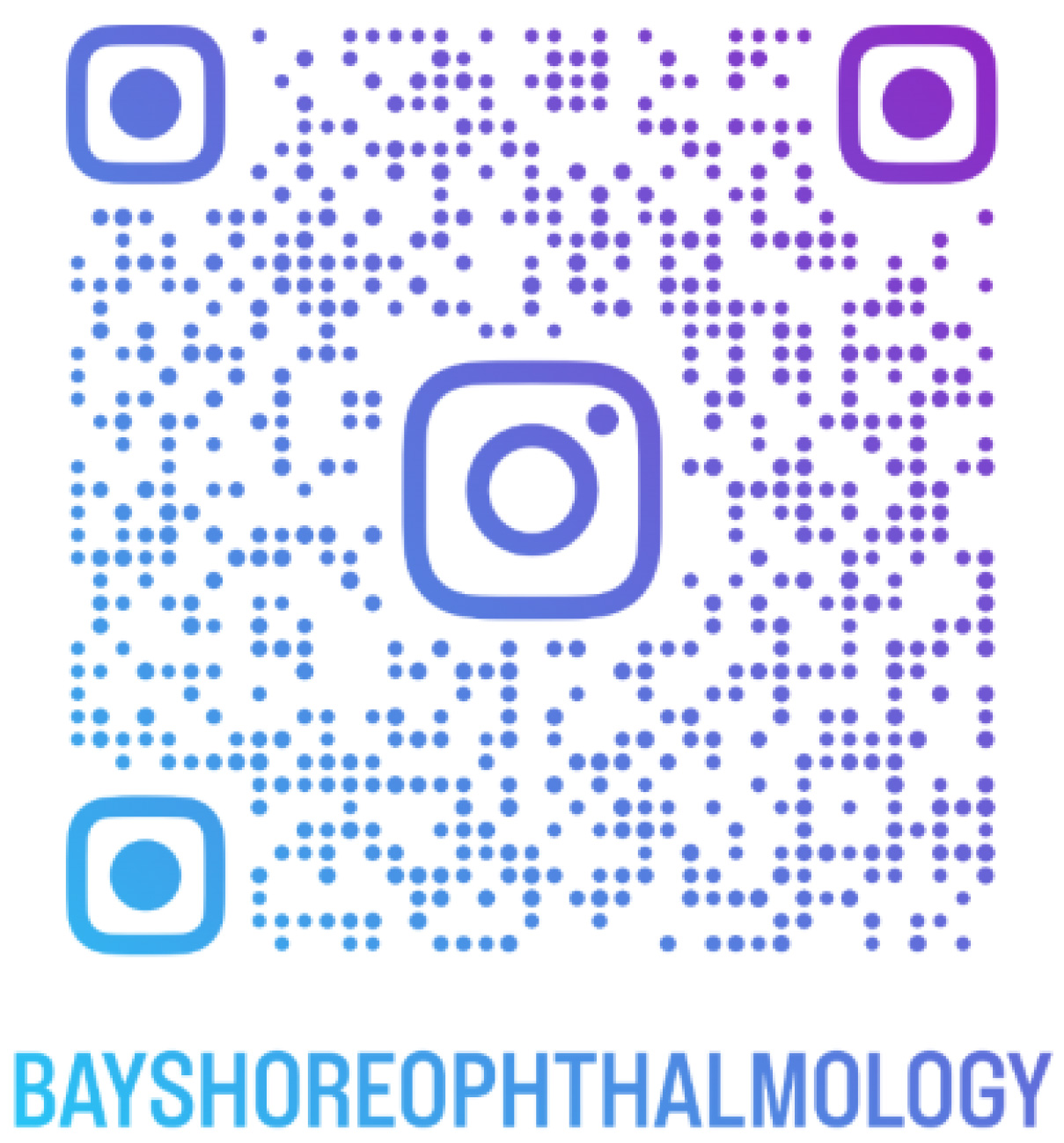SLOWING MYOPIA IN CHILDREN OVERVIEW:
CooperVision’s MiSight 1 day is the first and only contact lens approved by the FDA to slow the progression of myopia (ages 8-12 at the initiation of treatment). Children can insert the soft, daily wear, single use contact lenses in their eyes in the morning, wear them for at least 10 hours during the day, then dispose of them in the evening.
The FDA-approved lens is available as part of a comprehensive myopia management approach offered by CooperVision and Bayshore Ophthalmology, LLC eye care professionals.
WHEN CHILDREN CAN’T SEE FAR- A Discussion about Pediatric Myopia
Defining Myopia: – often referred to as nearsightedness – is a common eye health condition in which the eyeball elongates, causing light rays to focus incorrectly in the eye, thus making distance vision blurry.
Causes of Myopia: Myopia typically occurs during childhood when the eyeball develops a larger or longer shape, meaning the distance between the front of the eye and the retina at the back of the eye is longer than normal. Blurry vision due to myopia is the result of light rays focusing at a point in front of the retina rather than directly on the surface. However, the upward incidence of myopia can be attributed to different factors, and is occasionally the result of a combination of these factors:
- Genetics – Family history plays a role in a child’s risk of myopia. If neither parent is myopic, the chance the child will develop myopia is low. But, if one parent is myopic, it increases the child’s chance of developing myopia by 3x – doubling to 6x if both parents are myopic7.
- Environment – Exposure to sunlight, vitamin D intake, dopamine levels and the amount of time someone spends outdoors have an impact on an individual’s likelihood of being myopic. Research shows spending more time outdoors lowers the risk of childhood myopia.
LONG TERM OCULAR HEALTH IMPACTS: As the eye continues to grow and the amount of myopia increases, ocular tissues change in response to the eye growth, resulting in eye health risks that are not as evident in a non-myopic eye. The more nearsighted a child is, the greater these risks become, and these risks increase exponentially as myopia progresses.
Leaving myopia untreated my contribute to more severe eye health complications later in life, including:
- Cataracts – a clouding of the lens of the eye that can cause changes in vision. Though cataracts can affect everyone as they age, they often develop sooner in those who are myopic.
- Glaucoma – a condition, usually linked to high pressure inside the eye, that causes damage to the eye’s optic nerve, potentially causing irreversible vision loss and blindness. Studies show myopic people have a 2-3X greater risk of developing glaucoma.
- Retinal Detachment – occurs when the retina, a thin layer of tissue that surrounds the entire inside the eye, pulls away from supportive layers of blood vessels that provide its necessary oxygen and nourishment.
- Macular Degeneration – Caused by the deterioration of the central portion of the retina and is a leading cause of severe, irreversible vision loss.
CLINICALLY PROVEN- 5 YEARS OF DATA
CooperVision undertook a rigorous, multi-year, multi-country study to track how the MiSight 1 day contact lens affected myopia progression when initially fit on children 8-12 years old. After 3 years, the study concluded the lens effectively slowed myopia progression by 59% and slowed the rate at which the eye lengthens by 53% compared to children in the control group wearing a single vision 1 day lens. Results presented after the five-year mark continued to demonstrate safety and efficacy.
PROGRAM COSTS: Expect costs to be similar to what they would be for an orthodontics package.
To schedule a free myopia management consult, contact us at 732-264-6464 or book an appointment online here.

